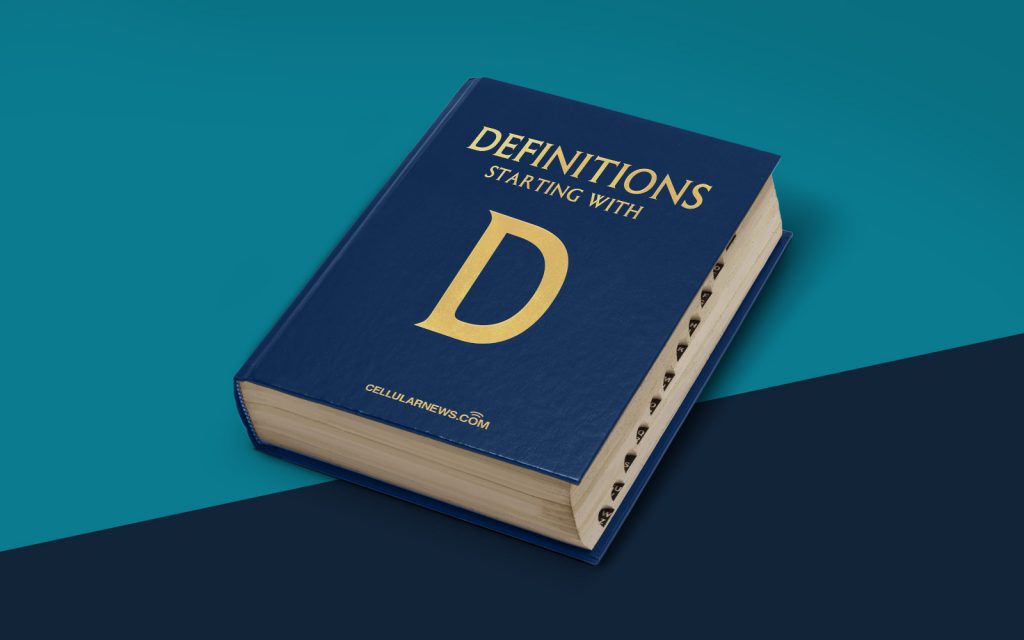
What is Declarative Programming?
Have you ever wondered what declarative programming is? In the world of computer programming, different approaches and paradigms exist. One popular paradigm is declarative programming.
Declarative programming is a style of programming where developers focus on describing what they want the program to achieve, rather than specifying how it should be done. It emphasizes the use of high-level abstractions and allows the programmer to define the desired result without getting caught up in the implementation details.
In declarative programming, the program’s logic is defined through statements or expressions that declare what should be achieved, without needing to specify the steps to reach that outcome. This approach enables programmers to work at a higher level of abstraction, promoting a more intuitive and concise coding style.
Key Takeaways:
- Declarative programming focuses on describing the desired outcome, rather than the specific steps to achieve it.
- It promotes a higher level of abstraction, resulting in more intuitive and concise code.
So, how does declarative programming differ from other programming paradigms, such as imperative programming? Well, in imperative programming, the programmer specifies a sequence of steps and actions to be performed by the computer to achieve the desired result. In contrast, declarative programming separates the logic from the control flow, enabling the computer to handle the execution details on its own.
Let’s dive a little deeper into the advantages of declarative programming:
- Readability: Declarative programming allows for code that is easier to read and understand. By focusing on the desired outcome rather than the implementation details, developers can write code that resembles natural language, making it more accessible to others who may need to collaborate or maintain the code.
- Reduced Complexity: Declarative programming abstracts away the low-level details, reducing the complexity of the codebase. This simplifies the development process, as programmers can focus on the what rather than the how. Additionally, declarative code tends to be more reusable, as it defines the outcome rather than being tied to specific circumstances or conditions.
- Parallelism: Declarative programming often allows for easier parallelization. Since the focus is on the desired outcome, and not on the order of execution, it becomes easier to execute tasks concurrently. This can result in improved performance and efficiency in certain scenarios.
Declarative programming has gained popularity in various domains, including web development, data processing, and artificial intelligence. JavaScript frameworks like React and Vue.js exemplify the use of declarative programming, enabling developers to build interactive and highly reactive user interfaces.
By harnessing the power of declarative programming, developers can create code that is easier to read, maintain, and scale, ultimately leading to more efficient and productive development processes.
So, next time you come across the term “declarative programming,” you’ll know that it refers to a programming style that prioritizes what over how and empowers developers to write code that is readable, reusable, and parallelizable.
